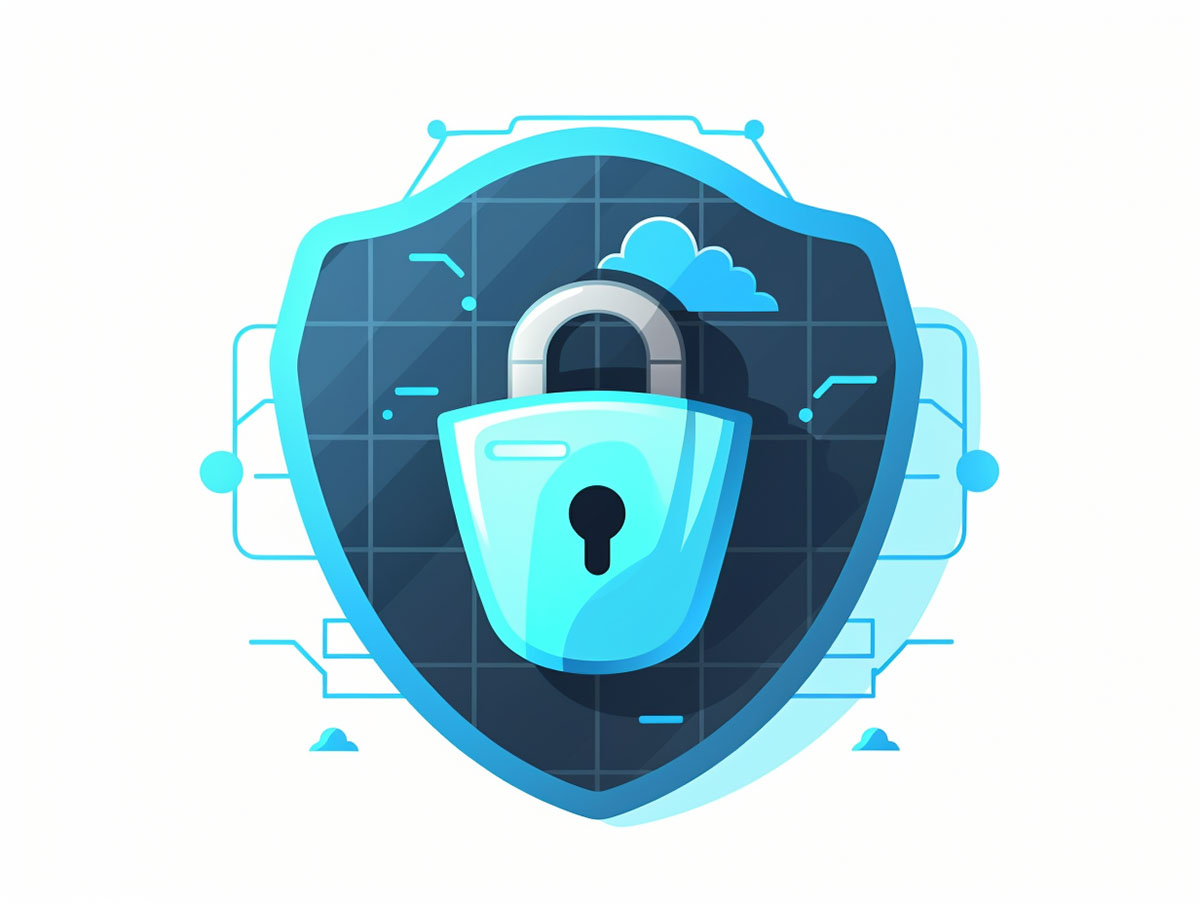Risk refers to the potential threat that exploits vulnerabilities impacting the confidentiality, integrity, or availability of information. This might result in massive data loss, financial complications, or even damage to an organization’s reputation. The severity of risk is often identified by evaluating the frequency of occurrence and the potential impact.
Risk Examples
1. Email Scams
Email scams are a prevalent type of cyber threat and a common source of risk. These typically involve malicious emails sent to employees within an organization. The emails often seem authentic, tricking the employee into clicking on a link or downloading an attachment.

Stay One Step Ahead of Cyber Threats
Once the link is clicked or the attachment downloaded, malware can infect the computer system, potentially granting hackers access to sensitive company data. It’s not just corporate information that’s at risk here – personal employee data can also be targeted, laying individuals open to identity theft.
The impact of such a risk can be substantial. The compromised data could lead to financial loss for the company, a damaged reputation, or legal penalties if customer information is involved. It demonstrates the need for vigilance and good training in recognizing suspect emails to minimize the chance of such a risk becoming a reality.
2. Weak Passwords
A password is the first line of defense in securing your online data. However, many individuals use weak or easily guessable passwords, which make them susceptible to hacking attempts. Using simple passwords, such as ‘123456’ or the word ‘password’, isn’t advisable due to their predictability.
Hackers employ a variety of methods like brute-force attacks, dictionary attacks, or simply guessing to crack these passwords. Gaining access to an account with weak security could lead to sensitive information being compromised. This might involve personal data like emails and photos, or more crucial things like bank account details and social security numbers.
This is a simple example of a risk that can have devastating effects not just on an individual level, but also for businesses. If an account linked to company data has a weak password, hackers gaining entry could lead to data breaches, financial loss, and a massive blow to the company’s credibility.
3. Unprotected Networks
Connecting to an open Wi-Fi network can often feel like a blessing, particularly when you’re on the go and in need of internet access. However, this convenience can come with risks. Without robust network security measures in place, an open network can become a hotbed for malicious activities.
Hackers can lurk on the same network, ready to infiltrate your device. Through this, they can gain unauthorized access to sensitive information available on your device such as emails, banking details, credit card numbers, and more.
The risk linked to unprotected networks is not limited to individual users alone. Organizations are vulnerable too. If an employee unknowingly connects their work device to an insecure network, a hacker might access corporate data, leading to significant financial and reputation loss for the organization. Thus, it’s advised to use protected networks and virtual private networks (VPNs) when handling sensitive information.
Conclusion
Digital risks come in many forms, from deceptive email scams and weak passwords to unprotected networks. Awareness and proactive measures are essential to minimize these risks, ensuring the security of personal and organizational data.
Key Takeaways
Related Questions
1. How can individuals protect themselves from the risk of email scams?
Individuals can safeguard against email scams by not opening or downloading attachments from unknown sources, verifying the email addresses, and using email filters.
2. What can be done to mitigate the risk presented by weak passwords?
To mitigate risks related to weak passwords, individuals should create robust, unique, and complex passwords, ideally combining upper and lower-case letters, numbers, and symbols. Using a reputable password manager can also be beneficial.
3. How can one reduce risks associated with unprotected networks?
One can reduce the risks associated with unprotected networks by connecting only to secure and encrypted Wi-Fi networks, disabling automatic connection to public Wi-Fi, and using Virtual Private Networks (VPNs).
4. What is the role of cybersecurity in mitigating digital risks?
Cybersecurity plays a crucial role in mitigating digital risks by establishing defense mechanisms such as firewalls, intrusion detection systems, and antivirus programs. It also involves implementing strategies like regular patching, backups, and network monitoring.
5. How does user awareness play a role in managing digital risk?
User awareness is critical in managing digital risk as it equips individuals with the knowledge to identify potential threats and take appropriate preventive actions. This includes recognizing deceptive emails, implementing robust passwords, and safely navigating the internet.
"Amateurs hack systems, professionals hack people."
-- Bruce Schneier, a renown computer security professional






